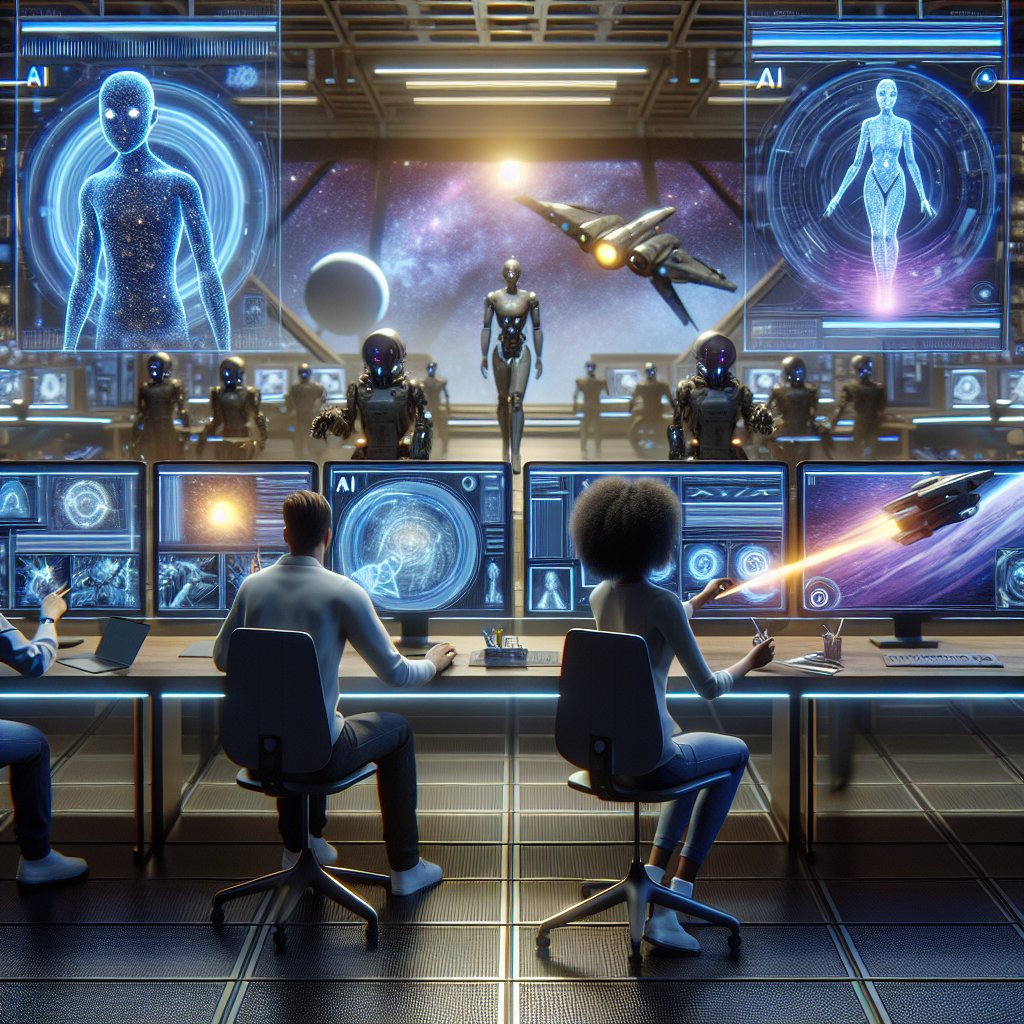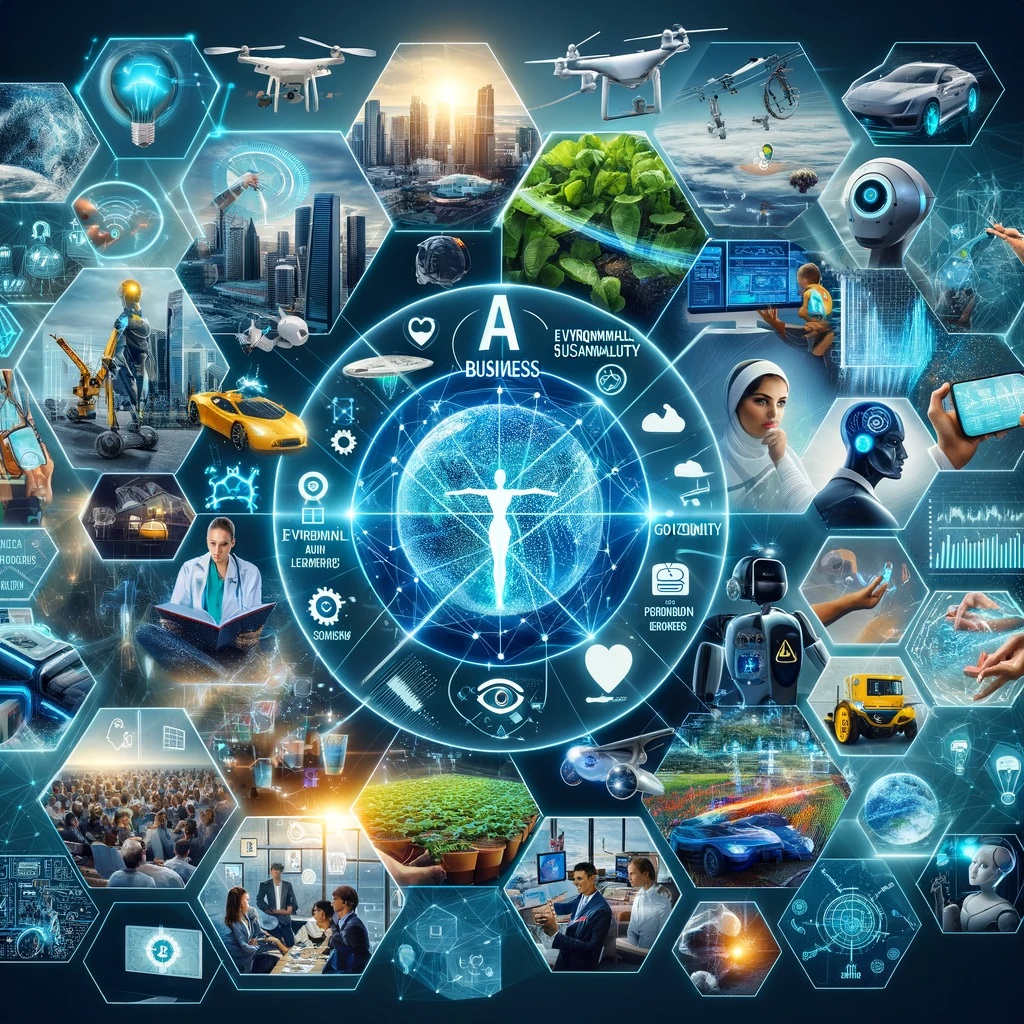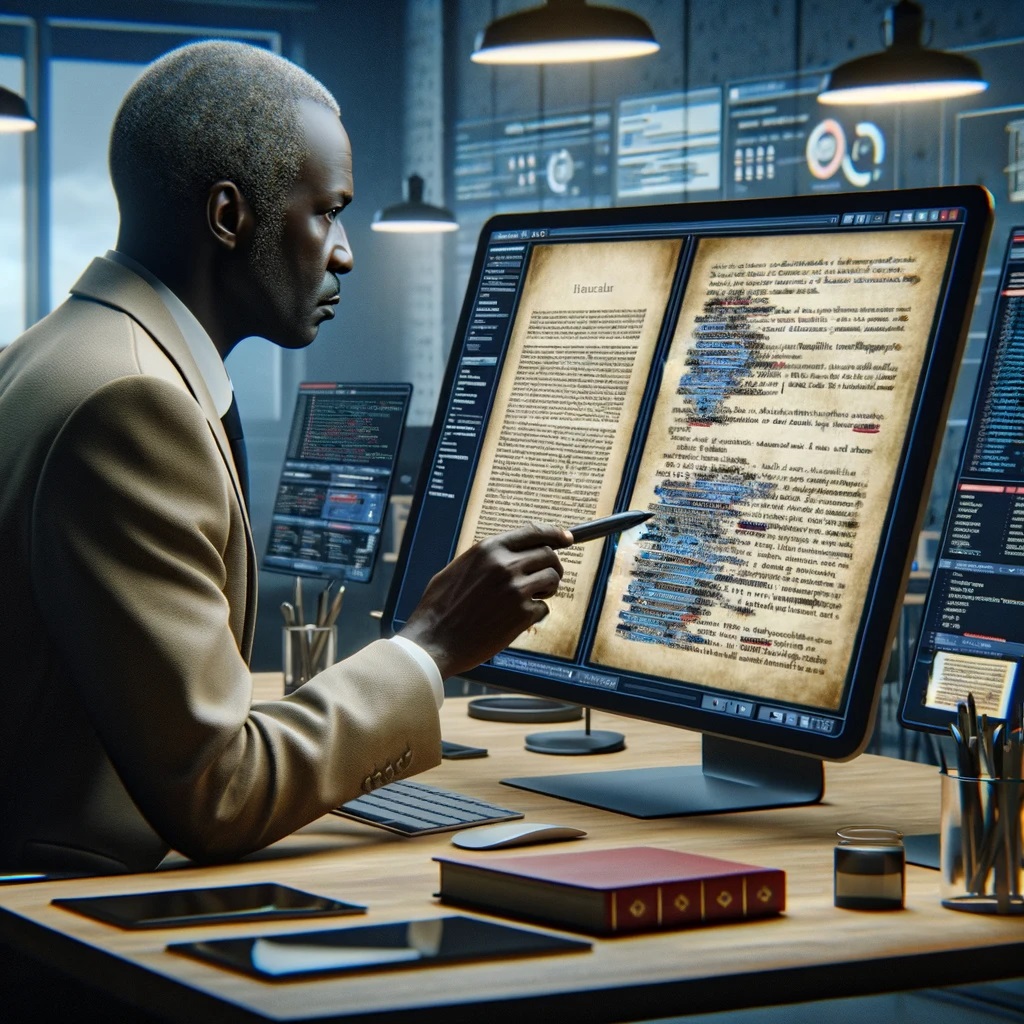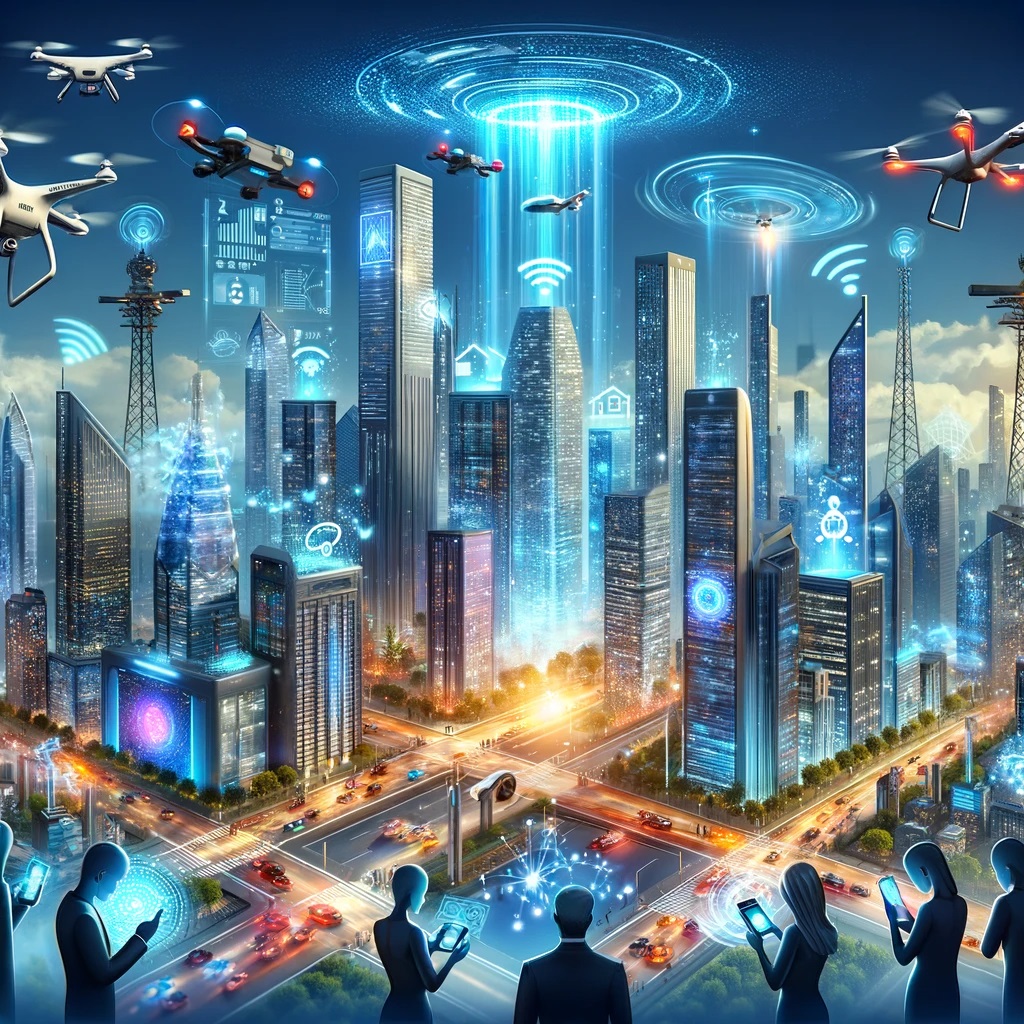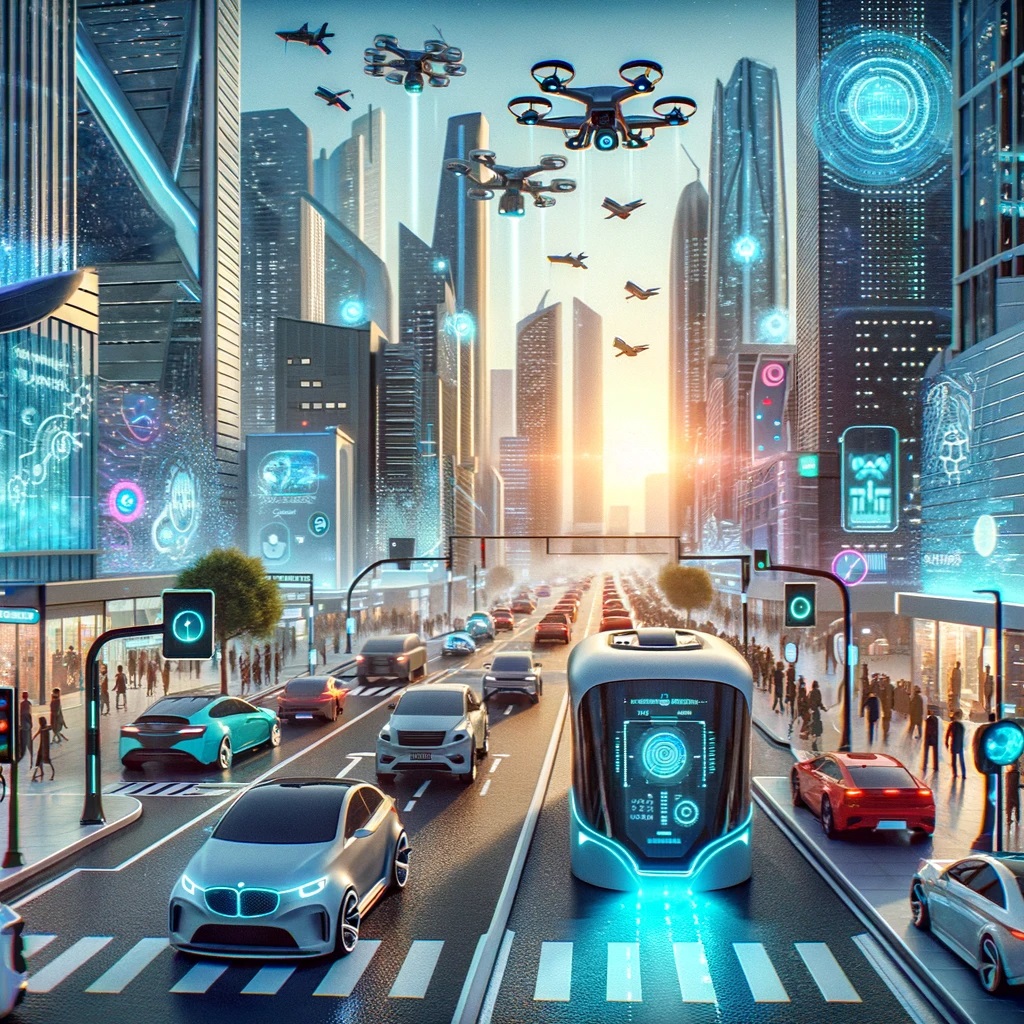As the animation industry continues to evolve, the integration of artificial intelligence (AI) spurs a dynamic conversation about the future of animation and its workforce. This exploration into the synergy between AI and animation may unveil the transformative potential of AI to complement, rather than replace, human expertise in this artistic and technical field.
Use of AI for Animators
The integration of Artificial Intelligence (AI) in the realm of animation is revolutionizing the way animators bring stories to life. With AI-enabled technology, animators are unlocking new creative possibilities, streamlining tedious processes, and enhancing the overall production quality. The exciting synergy between AI tools and animation expertise allows for automated in-betweening, which drastically cuts down the time required for frame-by-frame animation. This technological advancement not only accelerates the workflow but also permits animators to concentrate on the more artistic aspects of animation, such as crafting nuanced character expressions and dynamic movements that resonate with audiences.
The potential for AI to replace Animators
The animation industry is on the cusp of a significant transformation as artificial intelligence (AI) technologies evolve at an unprecedented pace. As creators and storytellers strive to express their visions, they find themselves grappling with the question of AI’s role in the future of animation. A particular area of interest is whether AI can streamline the labor-intensive processes involved in animation, from character design to movement and expression. The possibilities AI brings to the table are vast, including the ability to learn and replicate complex animation techniques, which suggests a potential for AI algorithms to handle aspects of the creative process, thereby changing the traditional workflow and skill requirements of animators.
Despite AI’s advancements, the intrinsic creative spark that animators bring to their work raises doubts about a complete replacement of human talents. Animators do more than translate scripts into visual spectacles; they breathe life into characters, weaving emotion and relatability into each frame. Even as AI demonstrates its capacity to handle animation tasks with increasing finesse, the nuanced understanding of storytelling, humor, and drama that human animators possess may safeguard their irreplaceability. As the industry tiptoes into this new era, the synergy between AI capabilities and human creativity is set to redefine the landscape of animation, establishing a new paradigm of how animated content is produced and consumed.
How AI is changing the creative process in Animation
The landscape of animation is undergoing a significant transformation, as Artificial Intelligence (AI) becomes increasingly intertwined with the creative process. AI technologies are revolutionizing the way animated features and sequences are developed, heralding a new era of efficiency and innovation. By automating time-consuming tasks such as rigging, lip-syncing, and even elements of visual effects, AI allows animators to focus on the more artistic aspects of their work. This not only speeds up production but also enables the creation of more complex and nuanced animations. Moreover, with machine learning algorithms, AI can assist in generating vast environments and intricate backgrounds, fostering a level of detail that was once beyond human bandwidth.
The role of human creativity in an AI-dominated Animation industry
The animation industry is on the cusp of a transformative era as artificial intelligence (AI) technology continues to evolve and integrate into various creative processes. While AI offers groundbreaking tools for automating tasks and generating new content, human creativity remains an indispensable force at the heart of animation. Creativity propels storytelling, character development, and emotional resonance elements that AI cannot fully replicate. As such, the synergy between human animators and AI technologies could redefine the animation landscape, pushing the boundaries of what’s possible while preserving the unique artistic touch that only humans can provide.
In the midst of advancements in machine learning and algorithm-driven animation techniques, industry professionals are tackling the challenge of balancing efficiency with artistry. While AI can streamline repetitive tasks and expedite workflows, the creative intuition and decision-making skills of human artists are critical in crafting narratives that connect with audiences on a deeper level. The collaborative relationship between animators and AI is shaping a new frontier where technology amplifies human creativity, rather than replacing it, ensuring that the heart of animation beats as strongly as ever with the personal imprint of its creators.
Ethical considerations of using AI in Animation production
The integration of Artificial Intelligence (AI) into the realm of animation production has revolutionized the way animators bring stories to life. As the technology continues to advance, AI streamlines processes such as character design, scene rendering, and even intricate movements, allowing for the creation of animations that are more complex and detailed than ever before. However, alongside the efficiency and innovation it brings, AI in animation prompts a broad spectrum of ethical considerations. The use of AI raises questions about originality, creativity, and the potential of diminishing the value of human skills and artistry that have long been the cornerstone of animation.
The ethical implications extend into the management of intellectual property rights, as AI-generated content challenges traditional frameworks of ownership and copyright. Moreover, animators and studios must confront the risks of bias and ethical usage of data when training AI systems, ensuring that the animated content produced reflects a diverse and unbiased perspective. The consideration of these ethical dimensions is crucial for maintaining transparency, fairness, and respect for the artistic community within the ever-evolving landscape of animation. As the industry continues to navigate this new terrain, it is imperative that stakeholders establish ethical guidelines to govern the use of AI, securing an equitable balance between technological advancement and the preservation of human creativity.

